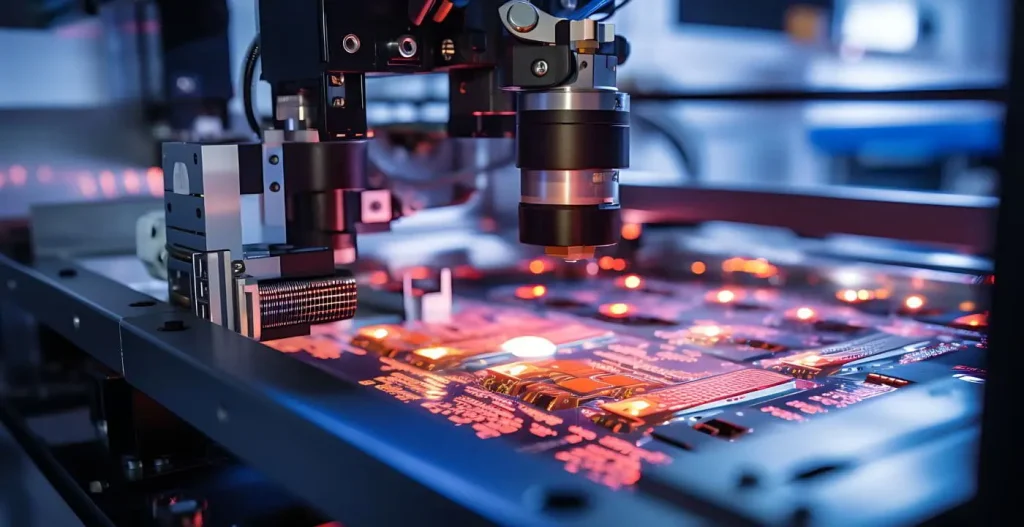Downtime in automated pneumatic systems can lead to significant productivity losses, increased costs, and operational inefficiencies. To maintain a smooth and uninterrupted workflow, it is crucial to address and minimize the causes of downtime. At Pneumation.ca, we understand the importance of reliable pneumatic systems and offer expert advice and high-quality components to help you reduce downtime and enhance system performance. This article explores effective strategies for minimizing downtime in automated pneumatic systems, ensuring that your operations run smoothly and efficiently.
1. Implement Regular Maintenance Schedules
- Establish a Preventive Maintenance Plan: Create a preventive maintenance schedule to regularly inspect and service your pneumatic system. Routine maintenance helps identify and address potential issues before they lead to system failures. Include tasks such as checking for leaks, cleaning filters, and lubricating moving parts.
- Follow Manufacturer Guidelines: Adhere to the maintenance recommendations provided by component manufacturers. This ensures that maintenance activities align with the specific needs and requirements of your pneumatic components.
Example: Schedule monthly inspections of air compressors, valves, and actuators to ensure they are functioning correctly and replace any worn components before they cause a breakdown.
2. Monitor System Performance
- Utilize Monitoring Tools: Implement real-time monitoring tools and sensors to keep track of key parameters such as pressure, flow, and temperature. Monitoring tools provide valuable data that can help detect issues early and prevent unexpected downtime.
- Analyze Performance Data: Regularly review performance data to identify trends and potential problems. Use this information to make informed decisions about maintenance, repairs, and system adjustments.
Example: Install pressure sensors on critical components to continuously monitor pressure levels and alert operators to any deviations that could indicate potential issues.
3. Optimize System Design and Configuration
- Design for Reliability: Ensure that your pneumatic system is designed for reliability and ease of maintenance. Use high-quality components and ensure that they are correctly sized for your application. Avoid overcomplicating the system with unnecessary components that could increase the risk of failure.
- Implement Redundancy: Incorporate redundancy into critical areas of the system to provide backup in case of component failure. Redundant components can help maintain system operation while repairs or replacements are made.
Example: Use redundant air compressors or valves in critical applications to ensure continued operation in the event of a component failure.
4. Train and Educate Personnel
- Provide Training: Ensure that all personnel involved in operating and maintaining the pneumatic system are properly trained. Training should cover system operation, troubleshooting, and maintenance procedures. Well-trained staff can quickly identify and address issues, reducing the risk of prolonged downtime.
- Promote Best Practices: Educate operators and maintenance personnel on best practices for handling and using pneumatic components. Emphasize the importance of proper handling, regular inspections, and adherence to maintenance schedules.
Example: Conduct regular training sessions for operators on how to troubleshoot common issues with pneumatic systems and perform routine maintenance tasks.
5. Invest in High-Quality Components
- Choose Reliable Components: Select high-quality pneumatic components from reputable manufacturers. Reliable components are less likely to fail and require less frequent repairs, reducing the likelihood of downtime.
- Consider Upgrades: Evaluate the benefits of upgrading to newer, more advanced components that offer improved performance and reliability. Upgraded components may provide enhanced features, such as better durability or increased efficiency.
Example: Invest in durable, high-performance actuators and valves that are designed to withstand harsh operating conditions and reduce the frequency of component failures.
6. Implement Effective Troubleshooting Procedures
- Develop Troubleshooting Protocols: Create clear troubleshooting procedures to quickly diagnose and address issues when they arise. Ensure that these procedures are easily accessible to maintenance personnel.
- Use Diagnostic Tools: Utilize diagnostic tools and equipment to identify the root cause of problems. Tools such as pressure gauges, flow meters, and leak detectors can help pinpoint issues more accurately.
Example: Use a flow meter to diagnose and resolve flow-related issues, such as reduced performance or pressure drops, by identifying and addressing blockages or leaks.
7. Maintain Spare Parts Inventory
- Stock Critical Spare Parts: Keep an inventory of critical spare parts for your pneumatic system. Having readily available spare parts can significantly reduce downtime by allowing for quick repairs and replacements.
- Organize Inventory: Organize and label spare parts to ensure that they are easily accessible when needed. Regularly review and update your inventory to account for changes in system components or requirements.
Example: Maintain an inventory of commonly used components, such as filters, seals, and o-rings, to quickly address minor issues and prevent extended downtime.
Reducing downtime in automated pneumatic systems requires a proactive approach that includes regular maintenance, performance monitoring, system optimization, personnel training, and investment in high-quality components. By implementing these strategies, you can minimize the risk of unexpected failures, improve system reliability, and enhance overall operational efficiency. At Pneumation.ca, we are dedicated to supporting you with expert advice and top-quality pneumatic components to help you achieve a dependable and efficient automation system. For more information or assistance, contact us today.







